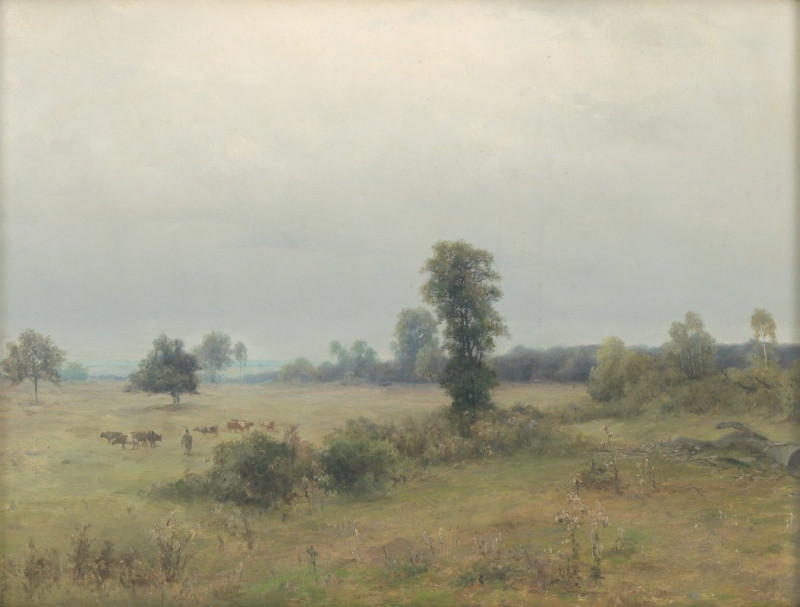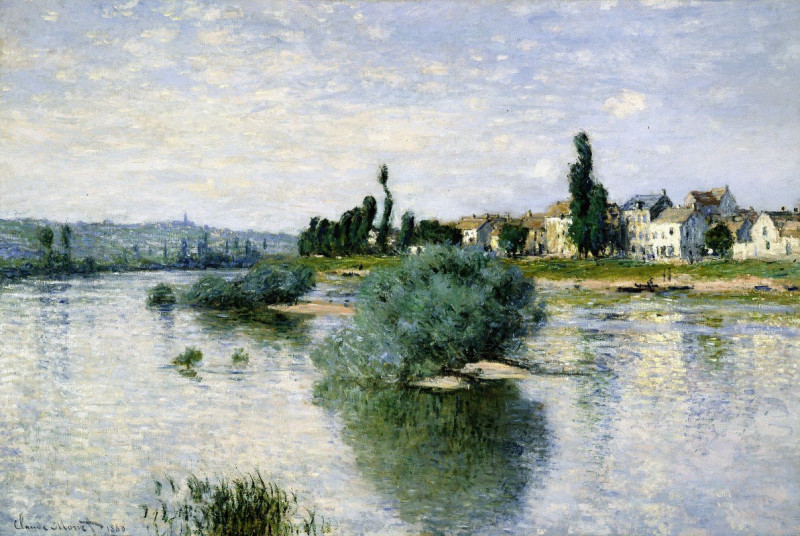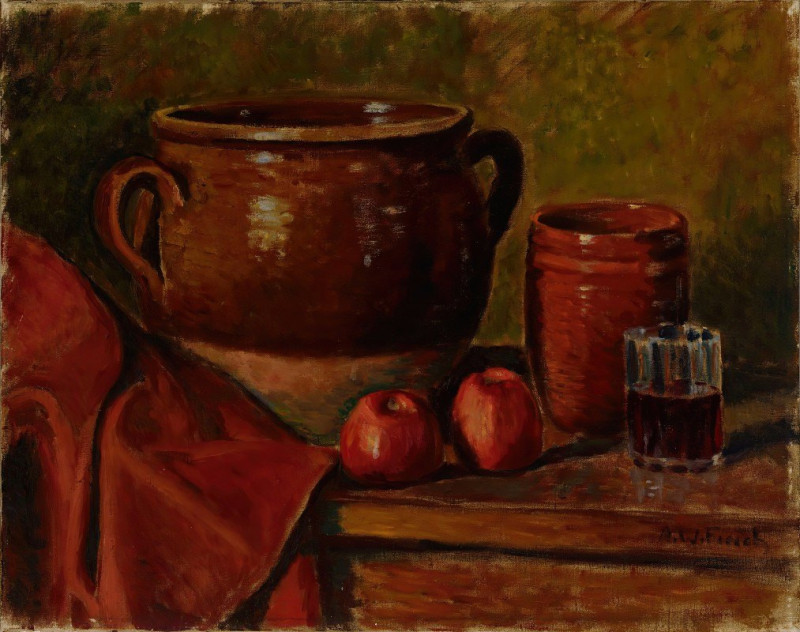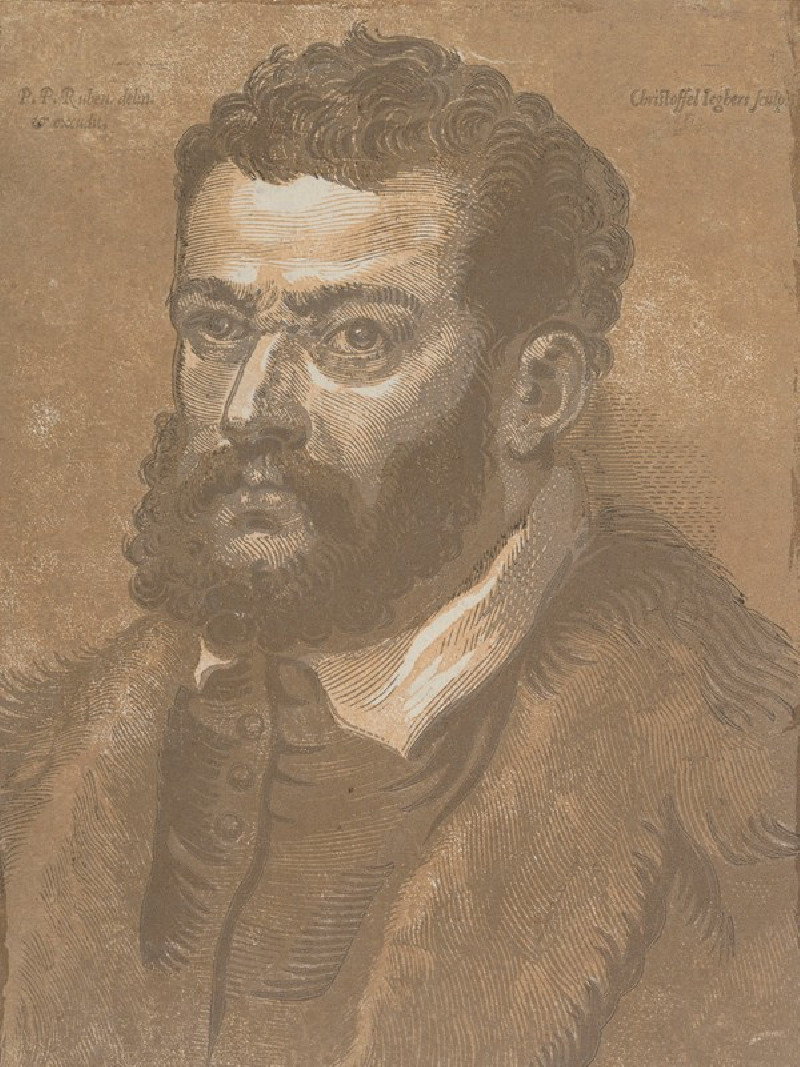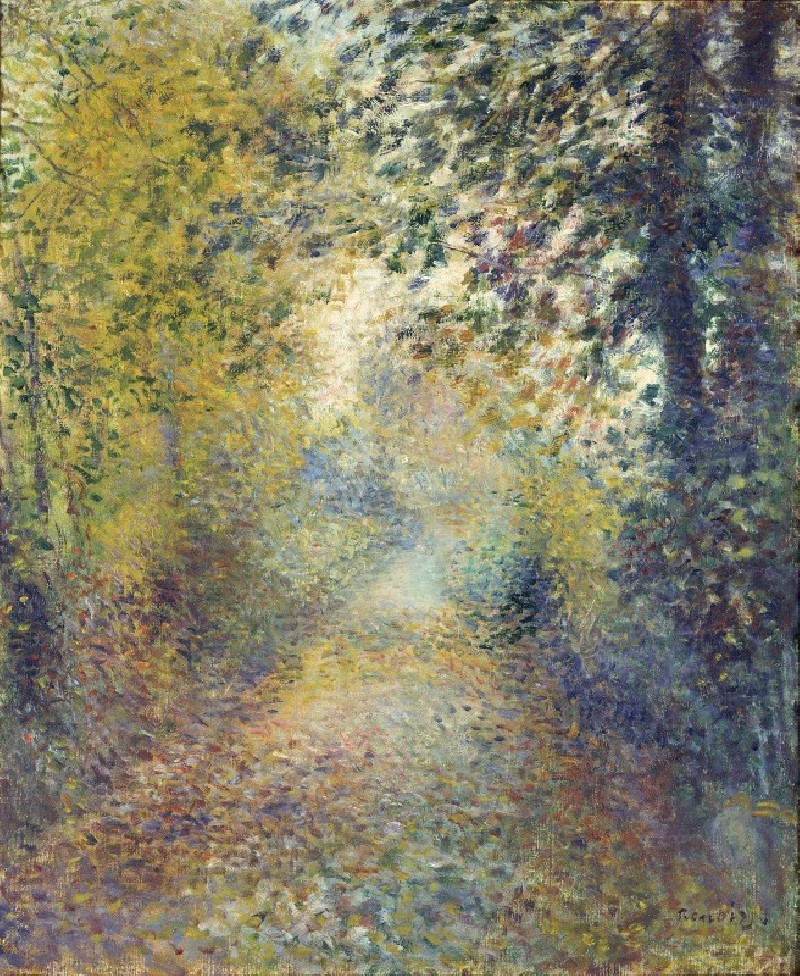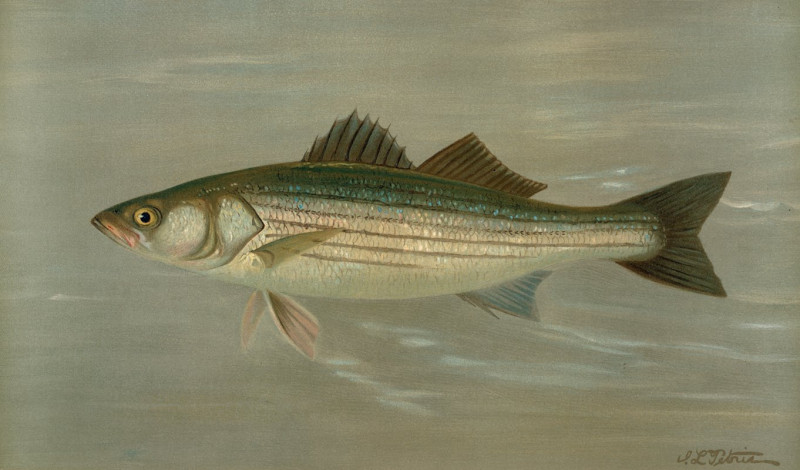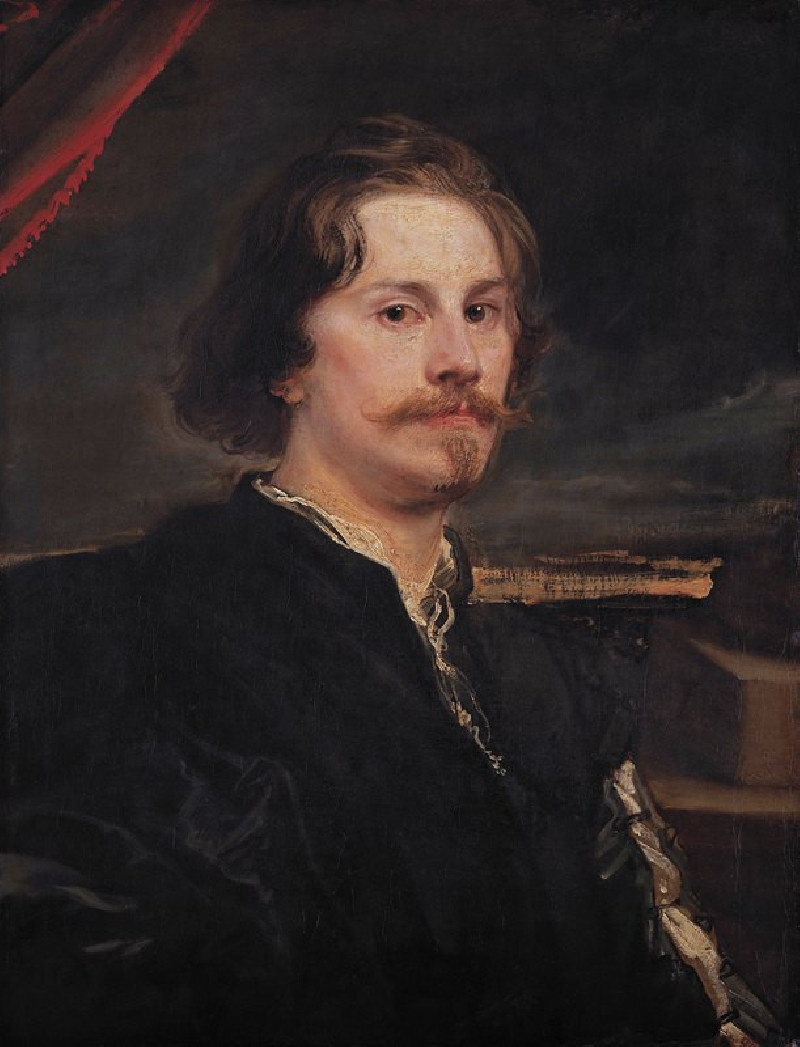Ringer (1923)
Technique: Giclée quality print
Recommended by our customers
More about this artwork
Ernst Ludwig Kirchner's painting "Ringer" (1923) captures a vibrant, dynamic scene that epitomizes Kirchner's expressionistic style and keen interest in movement and emotion. This artwork vividly portrays a group of wrestlers at the center alongside an array of onlookers spectating from the background.The foreground of the painting features two wrestlers, posed in moments of both rest and tension, their muscular forms rendered in bold, white attire that sharply contrasts with the vivid colors of their surroundings. One athlete sits tranquilly on the grass, while the other stands in a poised, confrontational stance, accentuated by Kirchner’s use of sharp lines and intense coloration.Surrounding the central figures is a crowd of onlookers, depicted in a more abstract manner. Their faces, subtly detailed and expressed in a palette of blues, greens, and reds, convey a variety of emotions from engagement to passive observance, reflecting the varied human responses to the spectacle of sport.The background, splashed with hues of green, blue, and hints of bright colors, suggests a lively, outdoor setting, enhancing the festive atmosphere of the event. The treatment of light and shadow in the painting adds depth, making the scene pulsate with life."Ringer" is a compelling study of human interaction, sport, and expression, all themes that are central to Kirchner’s exploration of modern life and societal dynamics.
Delivery
Returns
Ernst Ludwig Kirchner (1880–1938) was one of the most important German Expressionist painters. He was a co-founder of Die Brücke, a group of German expressionist artists formed in Dresden in 1905. Die Brücke and Kirchner took inspiration from Vincent Van Gogh and Edvard Munch, as well as African and Oceanic art. They used woodblock printing as a medium to showcase their signature style: flat, unrealistic images with vivid colors. The recurring themes in Kirchner's artworks included exotic cultures, faraway landscapes, self-portraits, dancers and Berlin street life. His paintings and prints effectively portrayed non-European cultures despite the fact that he never traveled outside of Europe.
































![Eve [‘The Nightmare’] (1899–1900) reproduction of painting by Paul Gauguin. ALL GICLEE PRINTS](https://reprodukcijos.lt/39859-large_default/reproduction-of-eve-the-nightmare-1899-1900.jpg)
